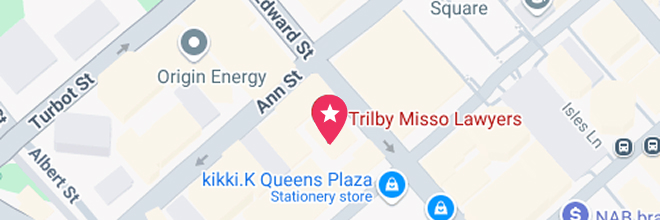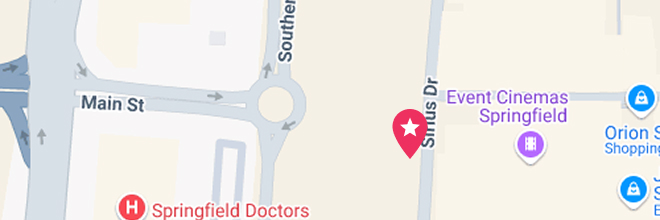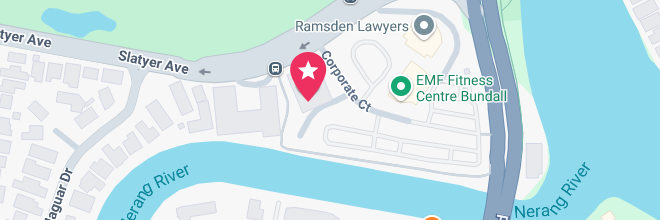Our Brisbane CBD Office
- Suite 400, Level 4/288 Edward St, Brisbane City QLD 4000
- (07) 3910 5470




Navigating a work cover claim can feel overwhelming, especially as the year draws to a close. With the added pressure of deadlines and administrative closures, it’s crucial to understand the steps involved in protecting your rights and securing compensation for workplace injuries. Whether you’re lodging a claim for the first time or seeking advice on a denied claim, knowing what to do and when can make a significant difference.
In Australia, work cover claims are designed to assist employees who suffer injuries or illnesses due to their employment. However, the process can involve complex documentation, tight timelines, and the need for clear communication with your employer and insurer. As the year-end approaches, ensuring your claim is in order becomes even more important to avoid delays in receiving compensation or ongoing support.
This guide will help you navigate the essential aspects of work cover claims, from understanding how they work to meeting deadlines, gathering necessary evidence, and addressing common challenges. If you’re unsure where to start or what steps to take, this guide provides actionable advice to ensure your claim progresses smoothly, even during the holiday season.
Work cover claims are part of Australia’s workers’ compensation system, designed to provide financial and medical support to employees injured or made ill due to their job. Understanding the basics of these claims can help you navigate the process confidently and ensure you receive the compensation you’re entitled to.
What is Covered Under Work Cover?
Work cover claims typically cover a range of workplace-related injuries or illnesses, including:
Who is Eligible to Make a Work Cover Claim?
To be eligible, you generally must be an employee or deemed worker under your state or territory’s workers’ compensation laws. This includes full-time, part-time, and casual workers, as well as contractors in some circumstances. Your injury or illness must be directly related to your employment.
Benefits of a Work Cover Claim
Filing a successful work cover claim can provide:
Why Timing is Crucial
In most cases, you must report your injury to your employer within a specific timeframe (usually within 48 hours to 7 days, depending on your state). Additionally, lodging your claim as early as possible ensures timely access to benefits and avoids delays caused by year-end office closures or reduced staffing.
By understanding the foundational aspects of work cover claims, you’re better prepared to manage the process and seek the compensation you deserve.
Key Deadlines to Keep in Mind for End-of-Year Claims
As the year winds down, it’s essential to be aware of critical deadlines that can impact your work cover claim. The end-of-year period often brings public holidays, reduced staffing at insurers, and delayed processing times, making it even more crucial to act promptly.
Reporting Your Injury
In Australia, you are required to report your workplace injury to your employer as soon as possible, usually within 48 hours to 7 days, depending on your state or territory. Missing this deadline could result in delays or denial of your claim. Ensure the report is documented in writing, such as through an incident report or email, to create a clear record.
Lodging Your Claim
While each state has its own timeframe for lodging a claim (generally within six months of the injury or diagnosis), lodging before year-end helps avoid processing delays caused by holidays. Submitting your claim promptly ensures access to benefits like medical expenses and wage support without interruption.
Deadlines for Medical Certificates
A medical certificate from a qualified practitioner is often required when lodging your claim. If you’ve already submitted a claim, remember that updated certificates may be needed to continue receiving benefits. Ensure your doctor provides all necessary documentation before the holiday season.
Employer Responsibilities
Employers are required to forward your claim to the insurer within a specific timeframe (usually 10 business days). Following up with your employer to confirm submission is a proactive way to avoid potential delays.
Tips for Staying on Track
By understanding and meeting these deadlines, you can reduce stress and ensure your work cover claim progresses smoothly.
The success of your work cover claim largely depends on the quality and completeness of the documentation you provide. Gathering all necessary evidence before lodging your claim ensures it is processed efficiently and reduces the risk of delays or disputes.
Essential Documents You’ll Need
Additional Supporting Evidence
Tips for Organising Documentation
Common Mistakes to Avoid
With the right documentation, your work cover claim will have a strong foundation, making it easier to secure compensation.
Properly reporting your workplace injury is a crucial step in the work cover claim process. A clear and timely report ensures your injury is formally documented and meets the legal requirements for lodging a claim. Missteps in reporting can lead to delays or even rejection of your claim, so it’s essential to follow the correct process.
Steps to Report Your Injury
Key Points to Include in Your Report
What to Do if Your Employer Does Not Cooperate
Tips for Effective Reporting
By reporting your work injury correctly, you establish a solid foundation for your work cover claim and minimise the risk of complications.
Securing fair compensation for a workplace injury often requires more than just lodging a work cover claim. By taking a proactive approach and following best practices, you can maximise your compensation and ensure your recovery is fully supported.
Understand the Scope of Compensation
Work cover claims can include a range of benefits:
Ensure you’re aware of all entitlements you may qualify for and discuss these with your lawyer or the insurer.
Steps to Maximise Your Claim
Avoiding Common Pitfalls
Additional Tips for End-of-Year Claims
Maximising your compensation requires diligence, organisation, and often professional guidance.
Having your work cover claim denied can be frustrating and overwhelming, but it’s not the end of the road. There are several steps you can take to appeal the decision and pursue the compensation you deserve.
Understand the Reason for Denial
The first step is to identify why your claim was rejected. Common reasons include:
Carefully review the insurer’s written explanation for the denial and consult your lawyer to understand the specifics.
Steps to Appeal a Denied Claim
Tips for Managing a Denied Claim
When to Seek Professional Help
If your claim is denied, consulting a personal injury lawyer can be invaluable. They can review the insurer’s decision, gather evidence, and advocate for your case to secure the best possible outcome.
A denied claim doesn’t mean the end of your work cover journey. By understanding your rights and taking strategic steps, you can challenge the decision and work towards a successful resolution.
If your employer doesn’t report your injury, you can lodge the claim directly with your state’s workers’ compensation insurer. Seek legal advice if you face challenges during this process.
In most states, you have up to six months from the date of the injury or diagnosis to lodge a claim, but it’s best to act as soon as possible to avoid delays.
Yes, claims can be made for injuries or illnesses that develop gradually, such as repetitive strain injuries or workplace-related stress, as long as they are directly linked to your employment.
Further Reading
Here are three government resources relevant to Queensland that provide additional information about work cover claims and workers’ compensation:
Navigating a work cover claim before the year-end can seem challenging, but with the right knowledge and preparation, you can ensure a smoother process. By understanding how the system works, meeting critical deadlines, gathering essential documentation, and reporting your injury correctly, you set yourself up for success. Taking proactive steps, like seeking legal advice and addressing challenges promptly, can also maximise your compensation and minimise delays.
As the year-end approaches, acting quickly and staying organised becomes even more critical due to potential holiday closures and reduced processing times. Remember, securing your entitlements is not just about financial support—it’s also about accessing the medical care and rehabilitation needed to recover fully.
If your claim is denied, don’t lose hope. Appeal processes and external reviews are available to help you achieve a fair outcome. With persistence and expert guidance, you can overcome obstacles and ensure your rights are upheld.
Kathryn is Trilby Misso’s Chief Executive Officer.
Meet KathrynUse this simple online tool and find out if you have a claim in less than thirty seconds. You can choose to remain anonymous.
Your next step is a small one. All you need to do is give us a call on 07 3910 5470 or complete this form here to arrange a quick chat.
During this initial conversation, we will:

We understand that taking legal action can be stressful, and we’ll do all we can to ease your concerns.
The chat can take place at our place, your place, or by phone. There is no cost, no pressure, and no obligation.
Call 07 3910 5470 or fill out this form, and we’ll get back to you within 2 hours (during business hours). We look forward to meeting you.
enquire now